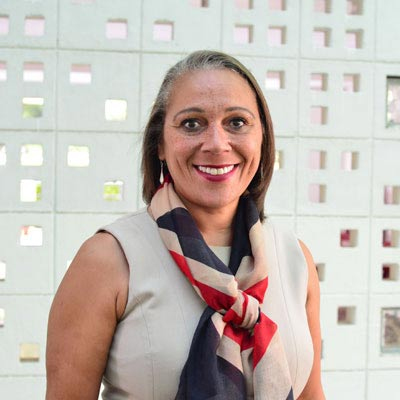Peer assessment is usually introduced to children before self-assessment, as this helps them to develop the ability to give constructive criticism to their classmates, before applying it to their own work. By teachers standing back and allowing peers to examine each other’s work, children become more comfortable listening to each other, and are able to take control of their own development-with teachers ready to step in when required to effectively guide the process.
In self-assessment, children are able to take the lessons they have learned from peer assessment and apply them to their own work to effectively establish an insight into their own performance. It is much easier to examine your own work once you have a marker of standards to work from. Peer assessment has a key role to play in the development process, as I have witnessed on my teaching journey. As Head teacher, I have seen the children, especially the less confident individuals who shy away from activities, get a chance to be ‘hands on’ with other children’s work and their own work, preparing them for the more unassisted teaching styles that they will encounter in later life, especially at college and university.
Being able to look at one’s own work and see where and how to improve it is an essential skill that children use throughout education and into adult life. Informing children of and nurturing these skills at a young age ensures that they can have a secure handle on them as they progress through life.
It is important to incorporate AfL into our curriculum and I believe it is significant in the education process as a whole. We have already witnessed that through AfL, children’s confidence not only grows but their communicative skills increase too.
Peer assessment does present a challenge in needing to involve the whole class to maximise its benefits. Engaging with all the children, including those sitting at the back, can sometimes prove difficult, but there are ways to overcome this through a combination of techniques. Teachers can use examples of ‘model’ work to demonstrate a benchmark of expectations of quality that is incredibly useful.
Self-assessment allows children to identify their own individual strengths and weaknesses. It also prepares children to individually go through their targets and learning objectives and plan what is required for these to be achieved on their personalised learning journeys.
I believe that one our core functions as educators is to prepare children for the future, enabling them to learn key skills that can be applied to a variety of situations. Skills are developed best in a focused environment that ensures that the individual talents and potential of each child is recognised and built upon.
It is crucial therefore that peer and self-assessment are central to the learning process. In their freedom from subject specialism, peer and self-assessment can be embedded throughout the education process across a broad spectrum of subjects and ensure that teachers, as the experts in education, guide children in helping themselves along their individual learning journeys in which assessment and evaluation can be paramount.
